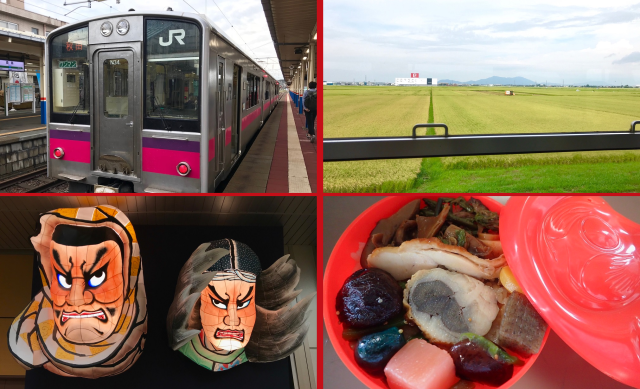
Skip the Shinkansen and savor the journey with Japan’s ultra-affordable unlimited-use one-day rail passes.
One of the bet travel bargains in Japan is the Seishun 18 ticket, which gives you unlimited access to Japan Railways local and regular express trains for an entire day. Sold as a five-ticket bundle, each ticket works out to costing just 2,370 yen (US$21) (and yes, you can split the five tickets among multiple users).
Last summer we went all the way from Tokyo, at the east end of Japan’s main island of Honshu, to the island of Kyushu in the southwest, on a single ticket. This year, we once again set out on a Seishun 18 Ticket journey, but this time we pointed ourselves north. Craving some of Hokkaido’s famous miso ramen, we charted a course from Tokyo Station to Sapporo, Hokkaido’s prefectural capital.
▼ Our Seishun 18 Ticket
▼ Our itinerary
Looking at the timetable, we wouldn’t be able to make it quite all the way to Sapporo in a single day, but by taking an overnight ferry to get from the northern tip of Honshu to Sapporo, we still wouldn’t need to book a hotel for this two-day rail odyssey. Even then, we needed to get an early start, and so we were standing on the platform of the Yamanote Line at Tokyo Station at 4:44 in the morning.
▼ This early in the morning is just about the only time the Yamanote downtown loop line isn’t crowded
It was only an eight-minute ride to Ueno, still in downtown Tokyo, but from here on out our time on each train was going to be much longer. At 5:13 our train pulled out of Ueno, bound for Takasaki in mountainous Gunma Prefecture.
Hungry as we were, we resisted the urge to fill up on convenience store rice balls. That’s because Takasaki is famous for its special breakfast ekiben (station bento boxed meal), the Joshu morning rice porridge. One of the most popular ekiben in Japan, it’s only available early in the day and in limited quantities, so we didn’t want to pass up this chance to try it for ourselves.
Stomachs growling, we hopped off the train at Takasaki at 6:55 a.m. and made a beeline for the bento stand. Since they’d just opened at 6:30, surely they’d have plenty of rice porridge bento left, right?
Wrong. In less than 30 minutes, the rice porridge bento were entirely sold out. Still, we can’t complain too much. The shop’s second-most popular boxed meal, the 1,000-yen Daruma Bento, is also delicious, and honestly probably more filling than the rice porridge one.
▼ Aside from the cool-looking box, the star of the Daruma Bento is the chicken stuffed with gobo (burdock root), which is accompanied by bamboo shoots, shiitake mushrooms, and sweet chestnuts.
From here, our trains made their way towards the Sea of Japan coast on the northern shoreline of Honshu. Leaving Takasaki at 7:12, our next transfer was at Minakami, after about an hour on the train and a seven-minute wait at the station.
From Minakami, it’s two hours to Nagaoka in Niigata, making this the longest single train ride of our trip so far. There aren’t too many passengers riding the rails in this sparsely populated part of Japan, though we did spot a number of rail fans carrying fancy looking cameras on their photo safaris, and this route also took us through Doai, often said to be the deepest (and scariest) rail station in all of Japan.
Once at Nagaoka, we were back into the light and somewhat back into civilization, as there were more passengers on the 10:20 train to Niigata than we’d seen on the last few legs of our journey. We were still in a beautifully bucolic part of Japan, though, with Niigata Prefecture’s lush rice paddies stretching out to the horizon.
We had more time to admire the rural vistas on our hour-long ride from Niigata Station to Murakami. Or at least we admired them until we dozed off, soothed by the sound of the now falling rain tapping rhythmically against the glass of our train’s windows.
After a 30-minute nap, we awoke to see the rain had stopped, and we weren’t far from Murakami Station, where we’d transfer for a train to Sakata. Once again moving farther away from any major cities, the trains also got more retro in style.
Running close to the sea, we got to take in the beautiful Sasagawanagare coast.
However, as we were staring at the waves, ran started to fall once again, and the downpour was so strong that the conductor came on the P.A. system to tell us he’d need to reduce the train’s speed. This had us worried because we didn’t have much time to make our connection at Sakata for the train to Akita, and if we missed that it would back up our whole schedule and we wouldn’t make it to the dock in time for our late-night ferry to Hokkaido.
It was out of our hands, though, so all we could do was it back and enjoy the ride. Then, to our relief, the conductor came on the P.A. system again several minutes later to inform us that he’d gotten word that the train to Akita would wait to depart until we’d arrived at Sakata Station and those needing to transfer had done so.
Seated safely on the train to Akita, we looked around and saw a number of sleepy-looking kids on their way home from after-school activities. With the rain continuing to fall, there wasn’t much to see looking out the windows, but we were happy just to have made the transfer, and once again found ourselves dozing off (we had almost two hours until we were scheduled to arrive at Akita Station). When we opened our eyes, it was just about six o’clock, and night had fallen.
We’d originally planned to hop right on the next train for Odate, but since the train had left Sakata later than scheduled and thus arrived later, we now had about 30 minutes to kill before the 7 p.m. train. We spent the time exploring Akita Station, which was decorated with Akita Prefecture’s traditional Namahage masks and lantern poles.
There were also banners saluting local high school Kanaashi Nogyo’s second-place finish in this summer’s national high school baseball tournament, and handwritten messages of congratulations from fans.
Feeling hungry again, we stepped into a noodle restaurant in the station called Shirakami-an and ordered the 380-yen Shirakamai green onion soba, made with crisp, flavorful local produce.
We also picked up an 880-yen torimeshi (chicken rice) ekiben to eat later, then boarded the train for Odate.
Train service is a lot less frequent in rural Japan after the sun goes down, and we had plenty of time on our hands at Odate. We started by eating our torimeshi bento, which was a delicious mix of sweet and savory flavors.
Odate Station’s distinguishing feature is its Hachiko Shrine, which has a statue of Japan’s famously loyal Akita dog who was born near Odate City. We dropped a coin into the collection box, which played a recorded sound of a dog barking as a cute thank-you for our generosity.
Finally, at 9:21, it was time for our last train of the day, which took us to Shin Aomori Station.
We were scheduled to arrive at Shin Aomori at 10:45, and our ferry didn’t leave until 11:30. However, passengers are asked to check in at the port 30 minutes prior to departure, and so we’d called ahead and asked a taxi to meet us at the station, which whisked us to the dock for a pre-determined rate of 850 yen.
▼ Traditional Nebuta lanterns at Shin Aomori Station
▼ The ferry check-in counter
There are shower facilities on the overnight ship, so we washed ourselves off and settled into a spot in the open carpeted area of the budget-priced 2,000-yen ferry tickets (though you can opt to sleep in one of the above-pictured seats too).
We lay down, closed our eyes, and went to sleep. When we woke up, we’d be in Hokkaido, but not yet in Sapporo. How many more scenic trains rides ad delicious meals were waiting for us on the northern island? Check back soon for the conclusion of our Seishun 18 Ticket journey.
Photos ©SoraNews24
Note: This trip was completed prior to the September 6 Hokkaido earthquake.

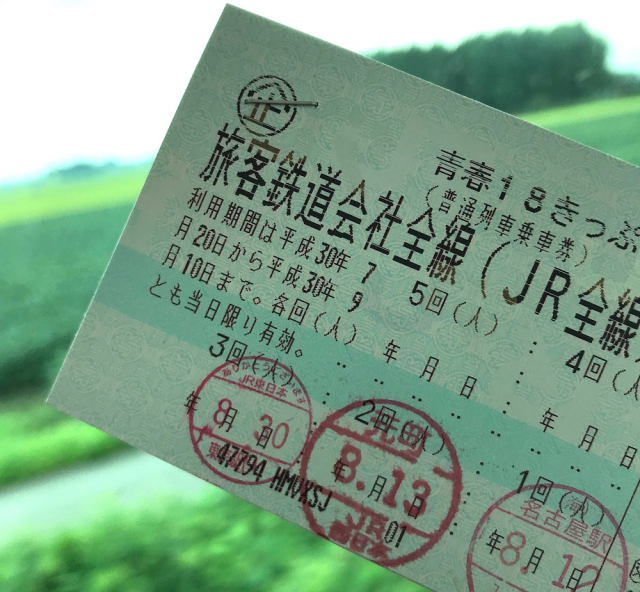
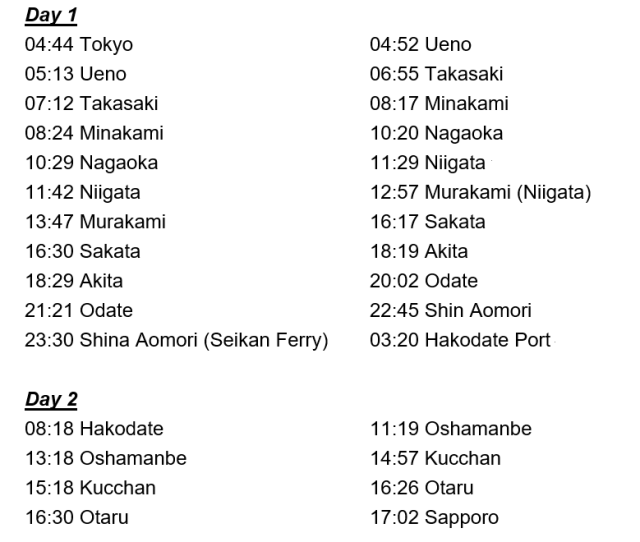
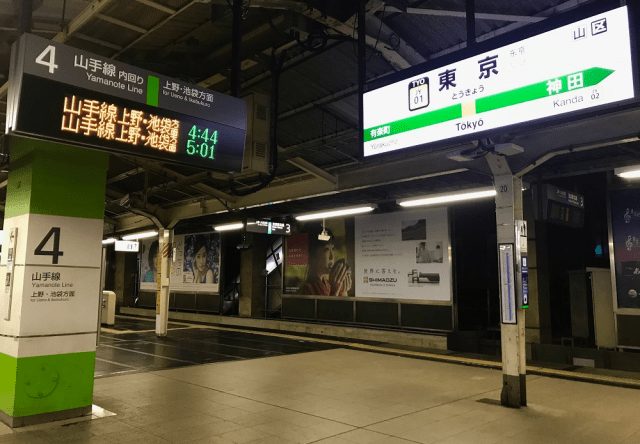
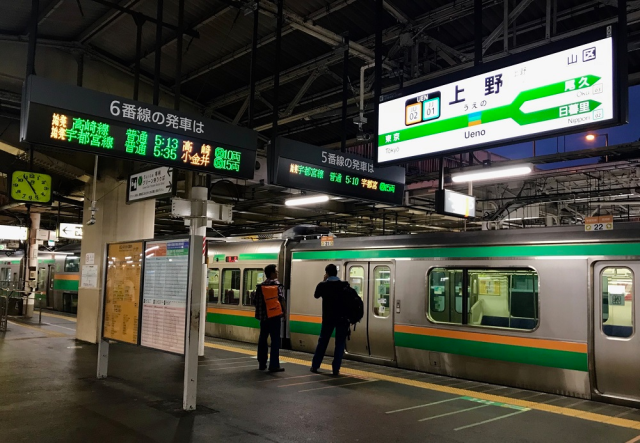
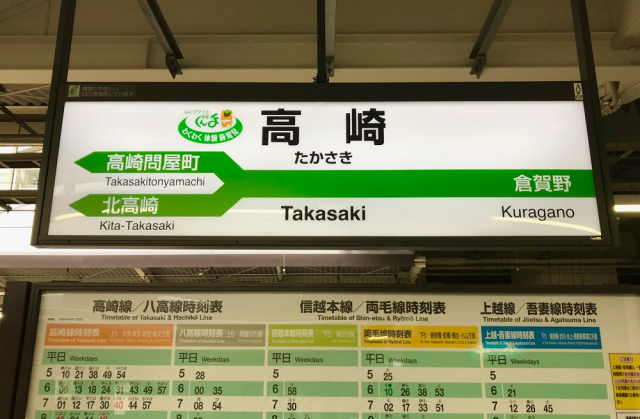
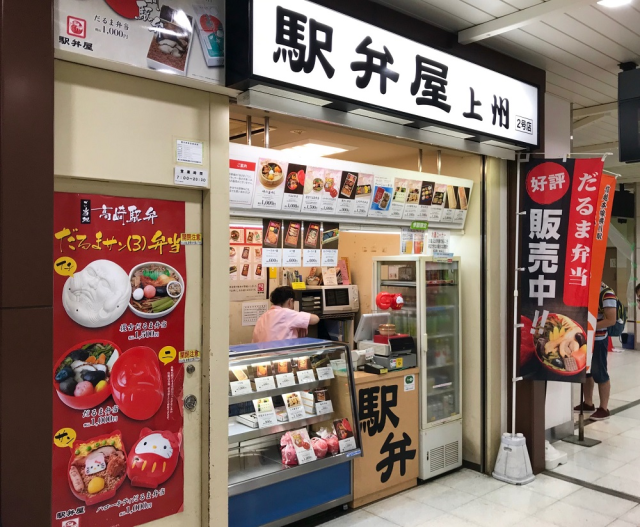
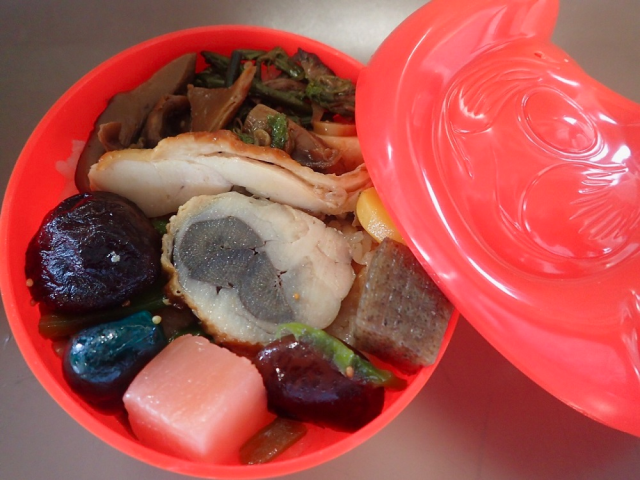

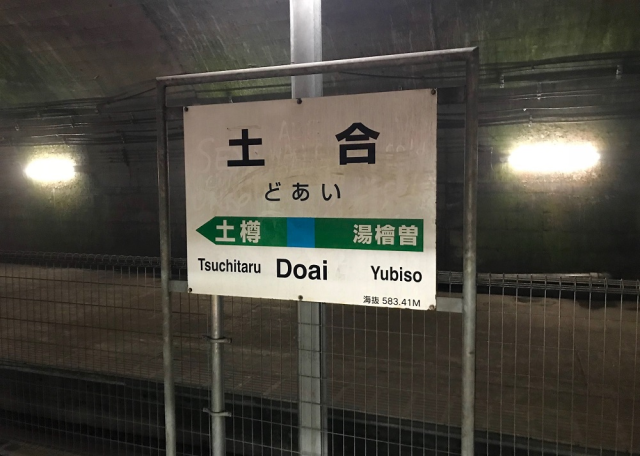
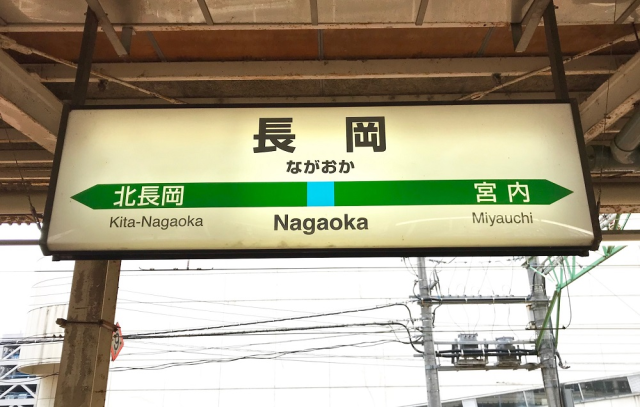
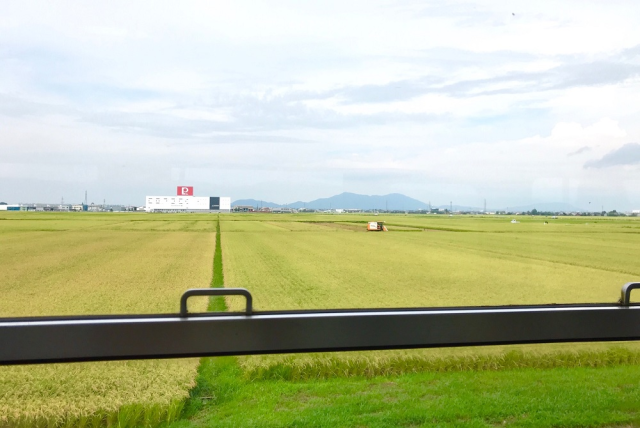
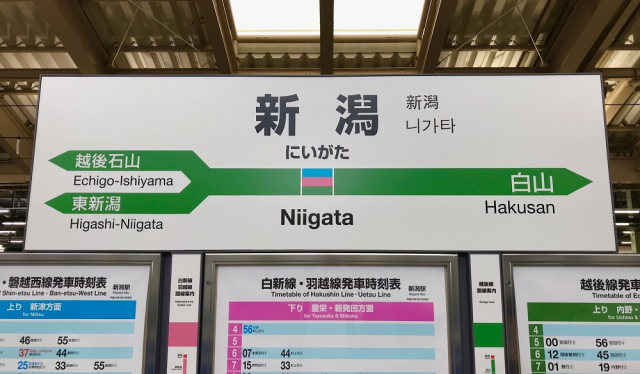
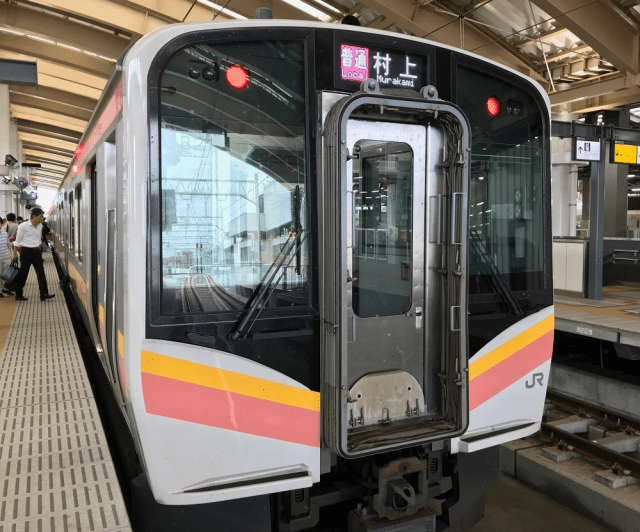
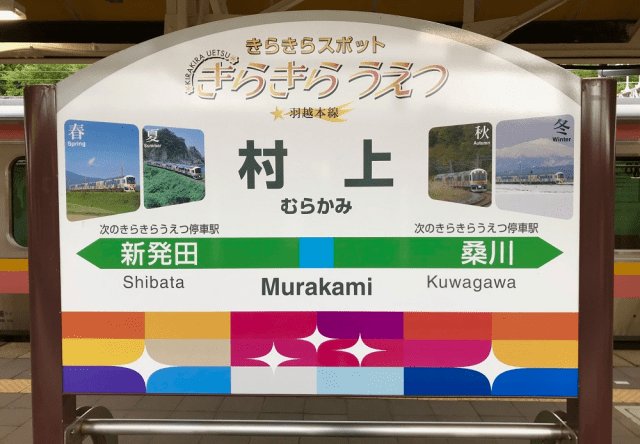
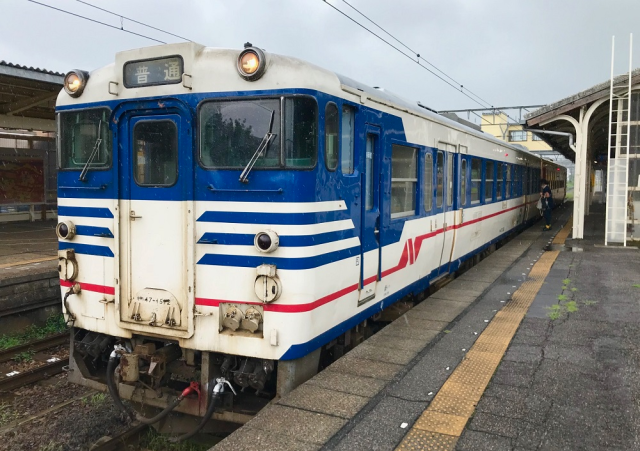
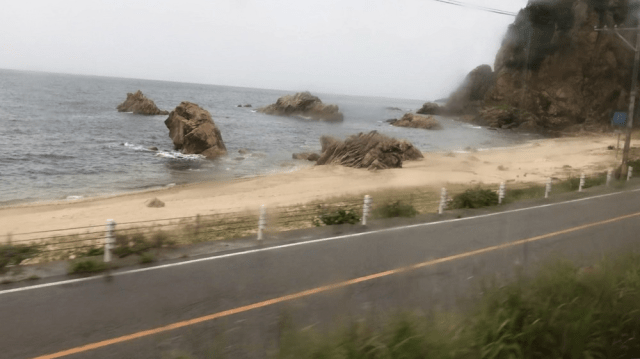
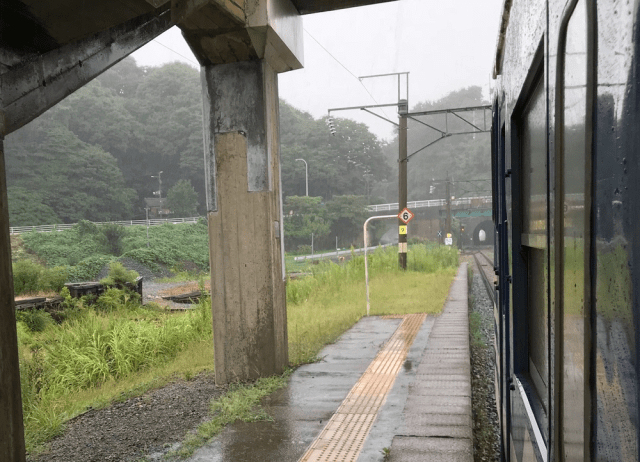
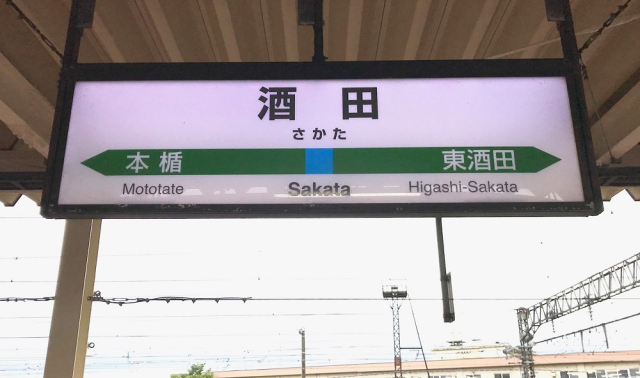

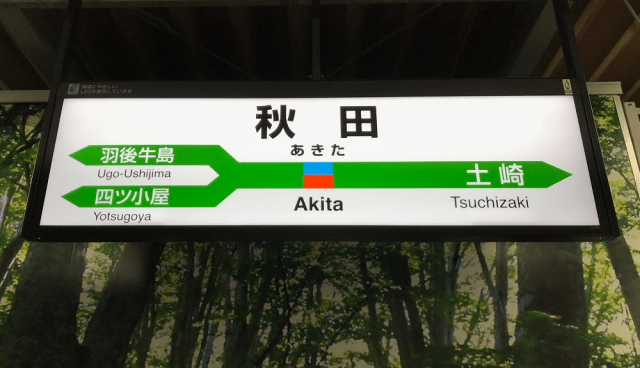
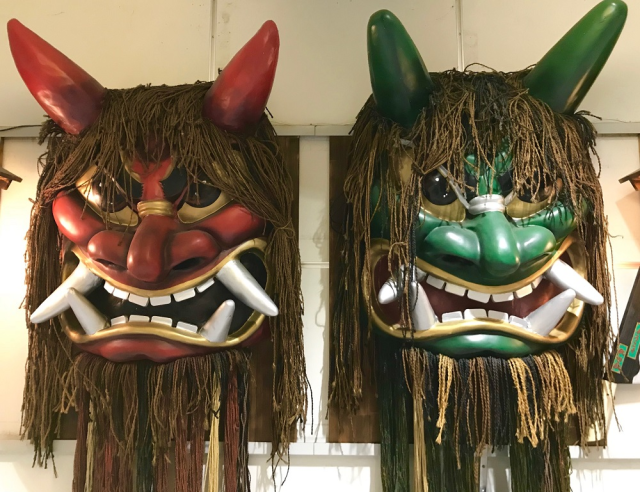
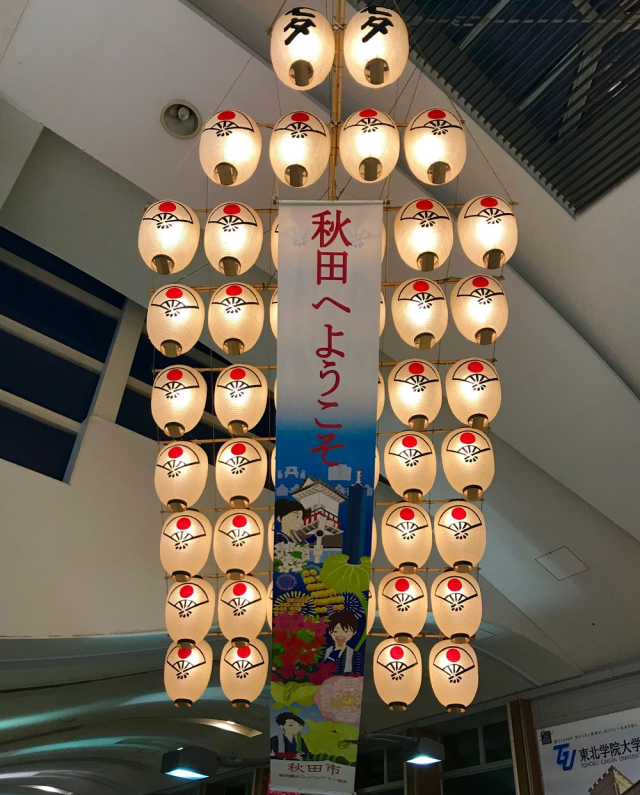
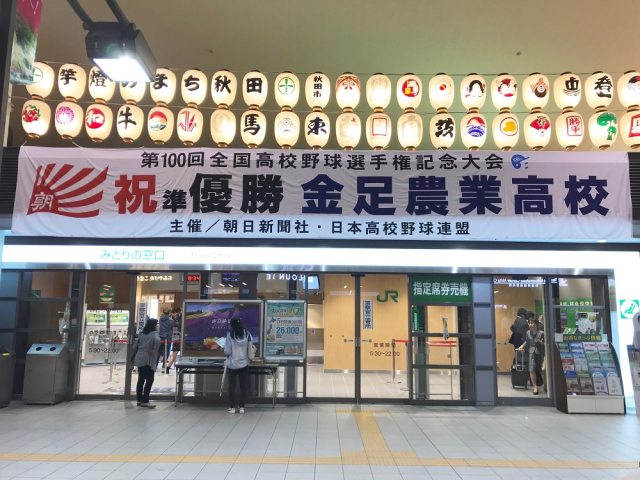
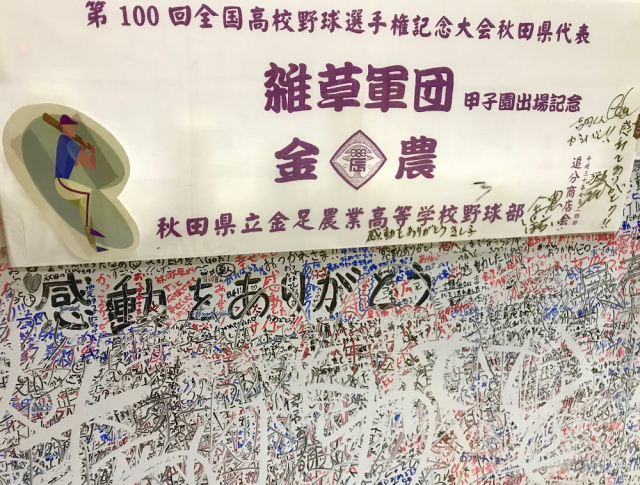
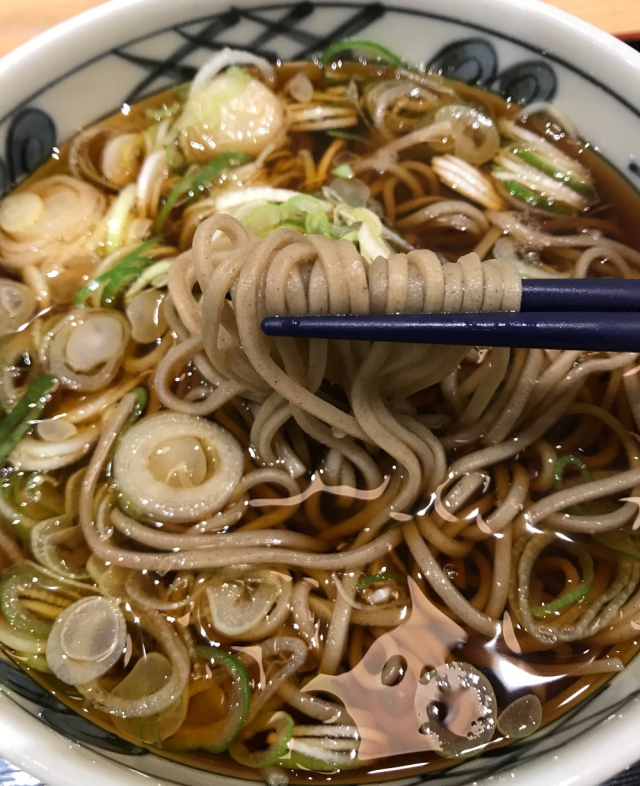
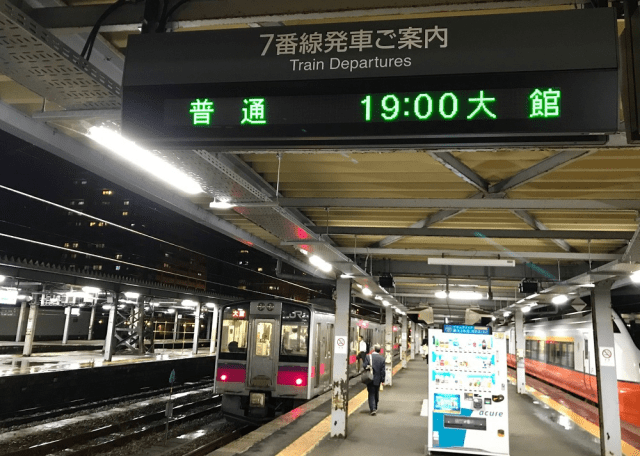
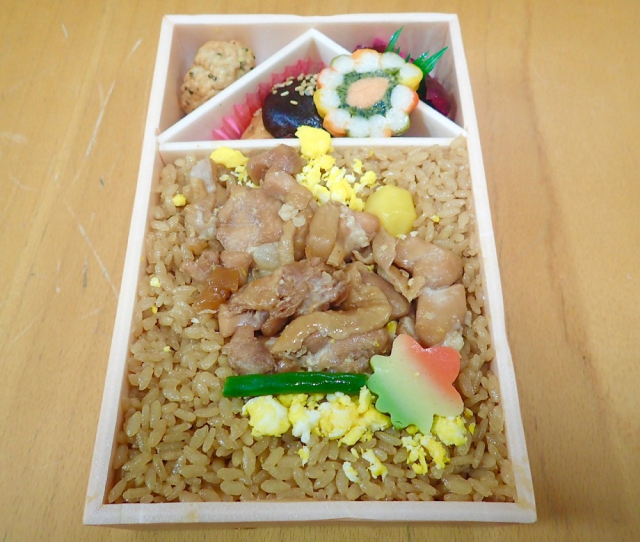
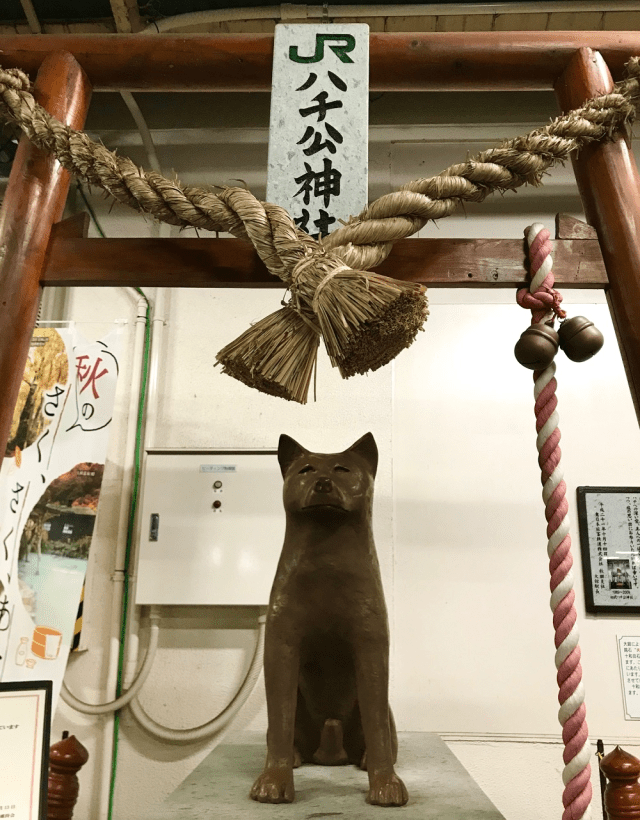

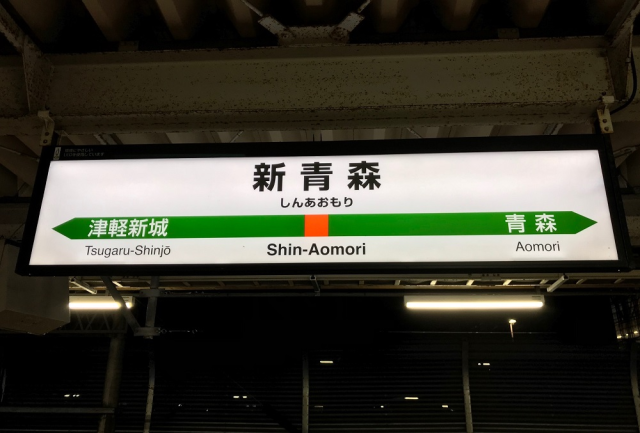
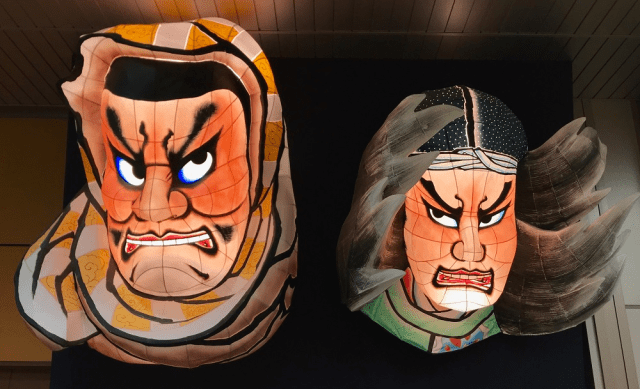

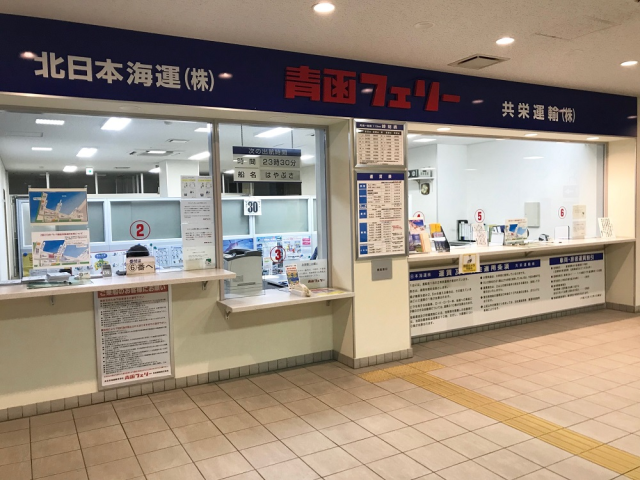
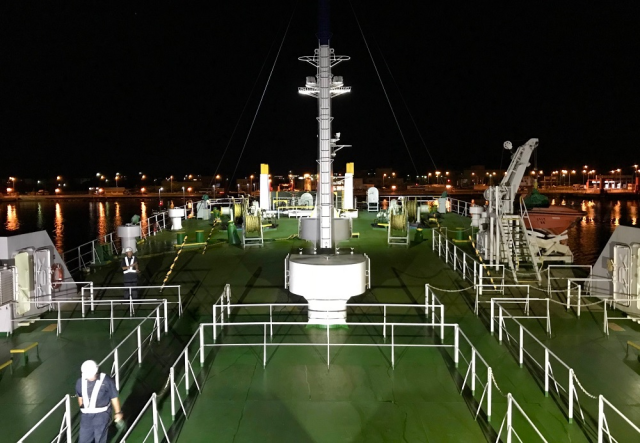
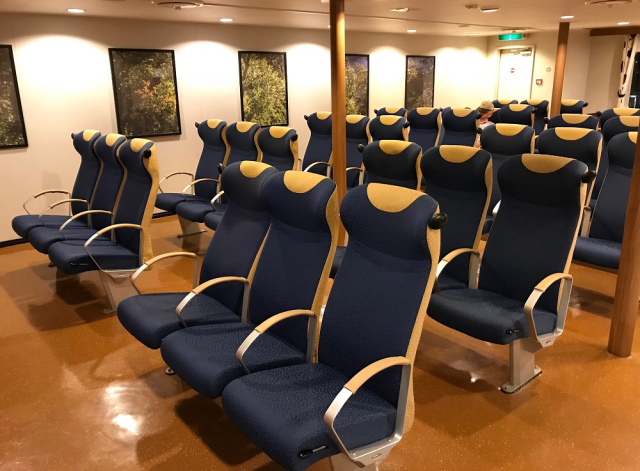
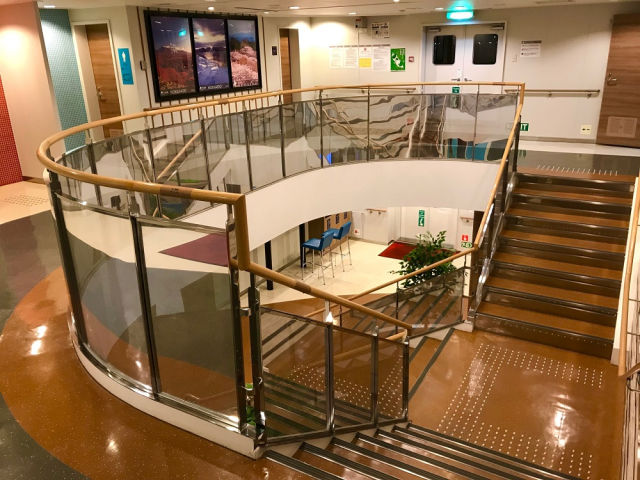
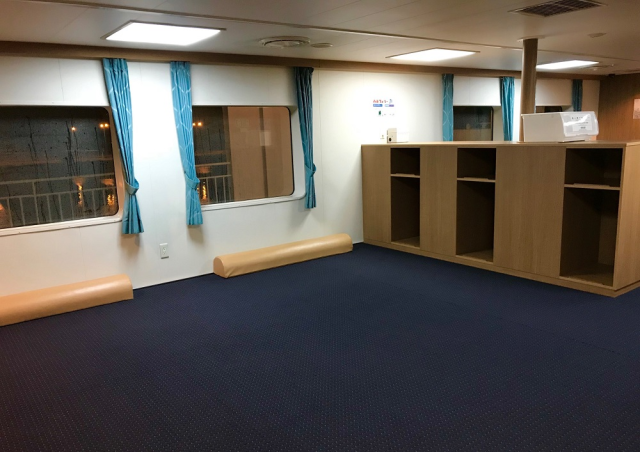
 Japan’s Moonlight Nagara train service ends, leaving a hole in overnight rail travel
Japan’s Moonlight Nagara train service ends, leaving a hole in overnight rail travel The ultimate Shinkansen trip: Riding Japan’s bullet train network from one end to the other
The ultimate Shinkansen trip: Riding Japan’s bullet train network from one end to the other How to travel from Tokyo to Hiroshima by train for 500 yen
How to travel from Tokyo to Hiroshima by train for 500 yen Ads for JR’s “Seishun 18” rail pass celebrate the isolated beauty of Japan’s most far-flung stations
Ads for JR’s “Seishun 18” rail pass celebrate the isolated beauty of Japan’s most far-flung stations Japan’s top train station bento boxed lunches for 2016, as picked by travelers
Japan’s top train station bento boxed lunches for 2016, as picked by travelers McDonald’s new Happy Meals offer up cute and practical Sanrio lifestyle goods
McDonald’s new Happy Meals offer up cute and practical Sanrio lifestyle goods All-you-can-drink Starbucks and amazing views part of Tokyo’s new 170 meter-high sky lounge
All-you-can-drink Starbucks and amazing views part of Tokyo’s new 170 meter-high sky lounge More foreign tourists than ever before in history visited Japan last month
More foreign tourists than ever before in history visited Japan last month Starbucks reopens at Shibuya Scramble Crossing with new look and design concept
Starbucks reopens at Shibuya Scramble Crossing with new look and design concept Beautiful Sailor Moon manhole cover coasters being given out for free by Tokyo tourist center
Beautiful Sailor Moon manhole cover coasters being given out for free by Tokyo tourist center Arrest proves a common Japanese saying about apologies and police
Arrest proves a common Japanese saying about apologies and police The oldest tunnel in Japan is believed to be haunted, and strange things happen when we go there
The oldest tunnel in Japan is believed to be haunted, and strange things happen when we go there Our reporter takes her 71-year-old mother to a visual kei concert for the first time
Our reporter takes her 71-year-old mother to a visual kei concert for the first time Studio Ghibli glasses cases let anime characters keep an eye on your spectacles
Studio Ghibli glasses cases let anime characters keep an eye on your spectacles Awesome website allows you to make your own Dragon Ball character, battle other fighters
Awesome website allows you to make your own Dragon Ball character, battle other fighters Disney princesses get official manga makeovers for Manga Princess Cafe opening in Tokyo
Disney princesses get official manga makeovers for Manga Princess Cafe opening in Tokyo We try out “Chan Ramen”, an underground type of ramen popular in the ramen community
We try out “Chan Ramen”, an underground type of ramen popular in the ramen community Beautiful new Final Fantasy T-shirt collection on the way from Uniqlo【Photos】
Beautiful new Final Fantasy T-shirt collection on the way from Uniqlo【Photos】 Foreign English teachers in Japan pick their favorite Japanese-language phrases【Survey】
Foreign English teachers in Japan pick their favorite Japanese-language phrases【Survey】 Is the new Shinkansen Train Desk ticket worth it?
Is the new Shinkansen Train Desk ticket worth it? There’s a park inside Japan where you can also see Japan inside the park
There’s a park inside Japan where you can also see Japan inside the park Japanese convenience store packs a whole bento into an onigiri rice ball
Japanese convenience store packs a whole bento into an onigiri rice ball Studio Ghibli releases Kiki’s Delivery Service chocolate cake pouches in Japan
Studio Ghibli releases Kiki’s Delivery Service chocolate cake pouches in Japan Japan’s bone-breaking and record-breaking roller coaster is permanently shutting down
Japan’s bone-breaking and record-breaking roller coaster is permanently shutting down New definition of “Japanese whiskey” goes into effect to prevent fakes from fooling overseas buyers
New definition of “Japanese whiskey” goes into effect to prevent fakes from fooling overseas buyers Foreign passenger shoves conductor on one of the last full runs for Japan’s Thunderbird train
Foreign passenger shoves conductor on one of the last full runs for Japan’s Thunderbird train Our Japanese reporter visits Costco in the U.S., finds super American and very Japanese things
Our Japanese reporter visits Costco in the U.S., finds super American and very Japanese things Kyoto bans tourists from geisha alleys in Gion, with fines for those who don’t follow rules
Kyoto bans tourists from geisha alleys in Gion, with fines for those who don’t follow rules Studio Ghibli unveils Mother’s Day gift set that captures the love in My Neighbour Totoro
Studio Ghibli unveils Mother’s Day gift set that captures the love in My Neighbour Totoro Domino’s Japan now sells…pizza ears?
Domino’s Japan now sells…pizza ears? New Japanese KitKat flavour stars Sanrio characters, including Hello Kitty
New Japanese KitKat flavour stars Sanrio characters, including Hello Kitty Sales of Japan’s most convenient train ticket/shopping payment cards suspended indefinitely
Sales of Japan’s most convenient train ticket/shopping payment cards suspended indefinitely Sold-out Studio Ghibli desktop humidifiers are back so Totoro can help you through the dry season
Sold-out Studio Ghibli desktop humidifiers are back so Totoro can help you through the dry season Japanese government to make first change to romanization spelling rules since the 1950s
Japanese government to make first change to romanization spelling rules since the 1950s Ghibli founders Toshio Suzuki and Hayao Miyazaki contribute to Japanese whisky Totoro label design
Ghibli founders Toshio Suzuki and Hayao Miyazaki contribute to Japanese whisky Totoro label design Doraemon found buried at sea as scene from 1993 anime becomes real life【Photos】
Doraemon found buried at sea as scene from 1993 anime becomes real life【Photos】 Tokyo’s most famous Starbucks is closed
Tokyo’s most famous Starbucks is closed One Piece characters’ nationalities revealed, but fans have mixed opinions
One Piece characters’ nationalities revealed, but fans have mixed opinions We asked a Uniqlo employee what four things we should buy and their suggestions didn’t disappoint
We asked a Uniqlo employee what four things we should buy and their suggestions didn’t disappoint Princesses, fruits, and blacksmiths: Study reveals the 30 most unusual family names in Japan
Princesses, fruits, and blacksmiths: Study reveals the 30 most unusual family names in Japan Studio Ghibli’s new desktop Howl’s Moving Castle will take your stationery on an adventure
Studio Ghibli’s new desktop Howl’s Moving Castle will take your stationery on an adventure Tokyo farewells Japan’s only double-decker Shinkansen with a special escalator at the station
Tokyo farewells Japan’s only double-decker Shinkansen with a special escalator at the station Foreign passenger shoves conductor on one of the last full runs for Japan’s Thunderbird train
Foreign passenger shoves conductor on one of the last full runs for Japan’s Thunderbird train Cute ekiben station bento looks like it’s from Japan but it’s from a different place entirely
Cute ekiben station bento looks like it’s from Japan but it’s from a different place entirely The 5 best Japanese bento to buy at Kyoto Station
The 5 best Japanese bento to buy at Kyoto Station We channel Sen from Ghibli’s Spirited Away and travel to a Japanese train station by the sea
We channel Sen from Ghibli’s Spirited Away and travel to a Japanese train station by the sea Newest Japanese vending machine crush: Keikyu’s kimchi vending machine!【Taste test】
Newest Japanese vending machine crush: Keikyu’s kimchi vending machine!【Taste test】 Hungry and on the go? Top 10 ranking of ekiben at Tokyo’s Shinagawa Station
Hungry and on the go? Top 10 ranking of ekiben at Tokyo’s Shinagawa Station Osaka to Fukuoka for less than 40 bucks? It’s possible with Japan’s overnight ferry
Osaka to Fukuoka for less than 40 bucks? It’s possible with Japan’s overnight ferry Drunken salaryman’s solution to barely missing the last train: Ride on the outside of it
Drunken salaryman’s solution to barely missing the last train: Ride on the outside of it Japan Railways to release new anti-groper smartphone app to help victims before chikan gets away
Japan Railways to release new anti-groper smartphone app to help victims before chikan gets away Is it a Lawson or a train station? We investigate the mysterious Sekiguchi Station
Is it a Lawson or a train station? We investigate the mysterious Sekiguchi Station Japanese boxed lunches pulling into France at authentic bento stand opening in Paris station
Japanese boxed lunches pulling into France at authentic bento stand opening in Paris station Japanese train company issues official apology for “inexcusable” 25-second early departure
Japanese train company issues official apology for “inexcusable” 25-second early departure Vending machine makes commuters smile at Japanese train station
Vending machine makes commuters smile at Japanese train station Here’s what happens when the trains shut down in Tokyo during rush hour: Craziness 【Photos】
Here’s what happens when the trains shut down in Tokyo during rush hour: Craziness 【Photos】
Leave a Reply